In the dynamic landscape of consumer relations, mastering customer experience emerges as the cornerstone of brand loyalty and business growth. From small gestures making huge waves to policies that echo customer respect, understanding the nuances of customer experience paves the way for unparalleled success. Within this comprehensive guide, find twelve insightful strategies designed to transform a company’s approach to its clientele:
- Personalizing interactions for genuine connections
- Streamlining feedback channels to honor customer voice
- Reinforcing support teams with empathetic service training

Each strategy is a stepping stone towards a revolutionary customer experience, fostering an environment where customers feel valued and paramount. Implementing these practices requires not just theoretical knowledge but also a robust toolkit. This is where Plerdy steps in – a visionary in CRO & UX, offering solutions that seamlessly blend analytics and feedback, empowering your business to cultivate a customer experience that not only satisfies but delights. Dive into the wealth of resources and expertise that Plerdy provides, and witness a transformation in customer trust and brand advocacy. Embrace these insights and integrations 🌟, and propel your customer experience from routine to remarkable💥. The journey to excellence begins with a single, determined stride🚀.
Why Do Companies Need To Enhance Customer Experience?
Customer experience is crucial to current corporate success. Companies that prioritize this element find themselves reaping significant benefits – from bolstered brand loyalty to increased revenue.
Take the tech industry, for example. When two apps offer similar functionalities, it’s the user-friendly interface – an integral part of the customer experience – that tips the balance. In e-commerce, a smooth checkout experience may make or break a sale.
Here are some compelling reasons for companies to prioritize customer experience:
- Boosted Brand Loyalty: A positive experience can turn a one-time shopper into a lifelong customer.
- Increased Referrals: Delighted customers often become brand ambassadors, spreading the word about their experiences.
- Higher Revenue Growth: Companies that offer stellar experiences tend to see a rise in sales and profit margins.
- Reduced Customer Churn: When customers are satisfied, they’re less likely to switch to competitors.
Companies cannot afford to sideline customer experience in their strategy. It’s the pulse that keeps businesses alive and thriving. Enhancing this aspect ensures not only immediate benefits but also long-term growth and sustainability.
Broad Overview of Ways to Enhance Customer Interactions
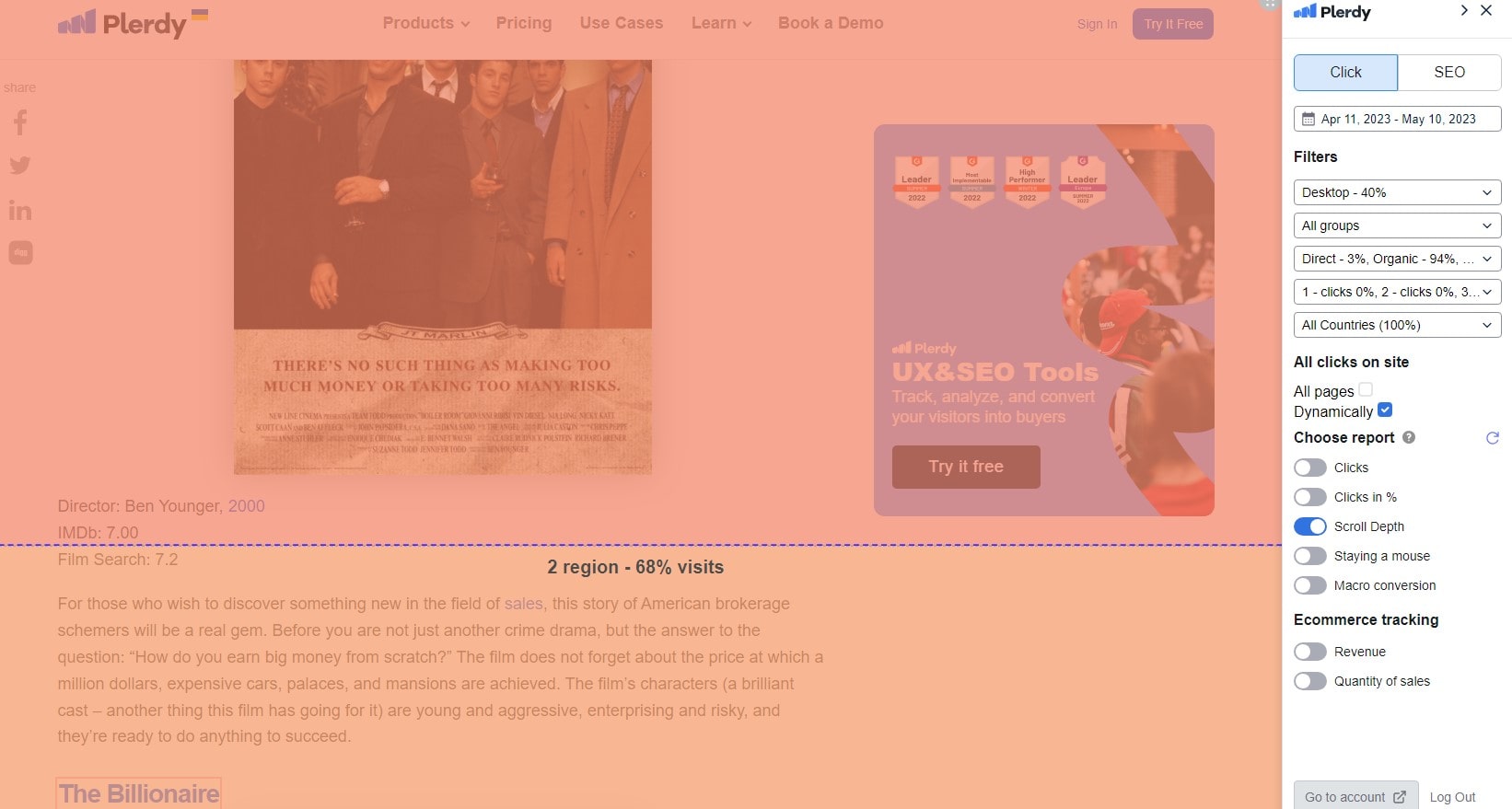
Customers typically come first in the ever-changing business world. Prioritizing customer interactions isn’t just a fancy trend; it’s a robust strategy that paves the way for genuine brand loyalty and sustainable growth.
Now, diving straight into the thick of things, consider a café. It’s not just about brewing the perfect cup of coffee anymore. It’s about understanding that every sip a customer takes embodies the experience they expect. Similarly, an online store doesn’t merely push products into carts. Every click, every scroll, intertwines with the customer’s experience.
Broadening our perspective, here are some compelling ways to bolster customer interactions:
- Engage with Empathy: Understand the emotions and needs driving your customers. A fashion brand could introduce a virtual try-on feature, making the shopping experience more relatable and personal.
- Rapid Responses: Be it a tech firm or a bakery, speed up response times. Immediate assistance enhances the customer’s overall experience.
- Training and Workshops: Regularly train your team to stay attuned to evolving customer expectations. For instance, hotel staff can be periodically updated on catering to the unique requirements of international guests.
- Feedback Loops: Encourage and embrace feedback. A cosmetic brand, for instance, could tweak product formulations based on valuable customer insights.
A seamless and memorable client experience requires producing memorable moments, not simply transactions. By intertwining every business decision with customer-centricity, brands can ensure they’re not just making a sale but cementing a lasting relationship. Remember, in the sprawling tapestry of commerce, every thread representing customer experience weaves a tale of success.
List of 12 Best Ways to Improve Customer Experience
Diving into the “12 Ways to Improve Customer Experience,” it’s crystal clear that putting the customer front and center is the golden ticket to business success. While many businesses think they’ve got the customer experience down pat, this list sheds light on nuances that can make a world of difference. With every tweak and turn suggested in these pointers, companies have the chance to elevate their game, ensuring their clientele feel like kings and queens every step of the way.
Understanding the Importance of Customer Experience
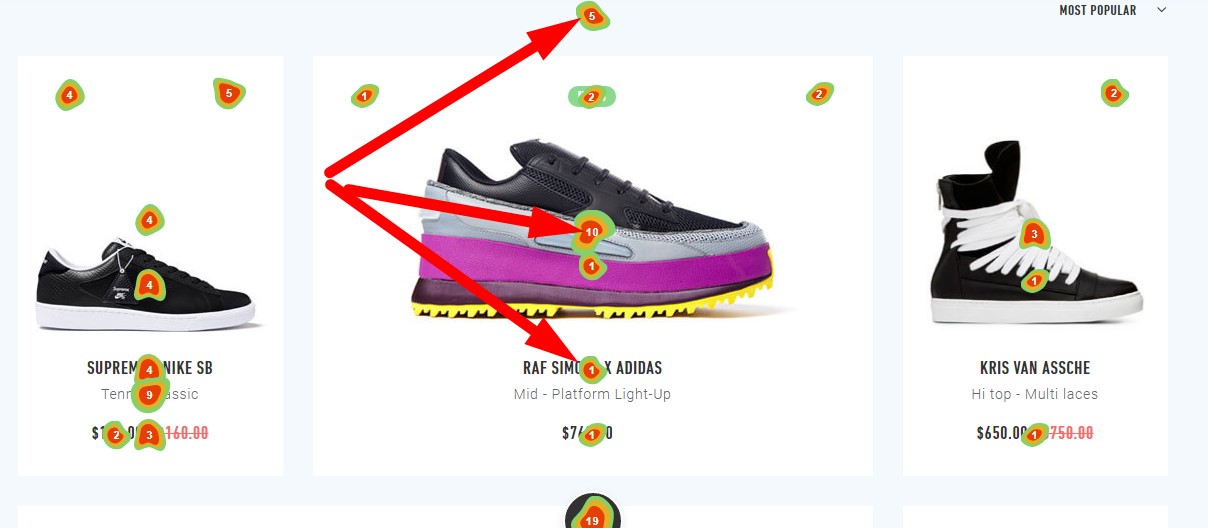
In today’s competitive business landscape, customer experience emerges as a linchpin for success. Companies that dial into this aspect stand out, garnering loyalty and boosting their bottom line. Now it’s about providing an unmatched experience from start to finish, not just selling products or services.
Consider the hospitality industry. Two hotels might offer similar room rates and amenities, but the one providing a seamless check-in process, prompt service, and a personal touch will undoubtedly win the heart of the customer. Likewise, when two streaming platforms vie for attention, users flock to the one with an intuitive interface and tailored recommendations – highlighting the power of customer experience.
Key takeaways include:
- Customer Retention: Stellar experiences cement customer loyalty, reducing the lure of competitors.
- Word-of-Mouth: Satisfied customers naturally rave about their experiences, driving organic growth.
- Enhanced Reputation: Companies that prioritize customer experience see their brand perception skyrocket.
- Operational Efficiency: Streamlining the customer journey often leads to improved business processes and reduced overhead.
In essence, customer experience is the lifeblood of modern company, not a term. Companies that embrace this ethos not only thrive but also set the standard in their industries, paving the way for sustained growth and innovation.
Collect and Analyze Customer Feedback
Customer feedback is essential to improving the customer experience. In a sea of competing businesses, understanding the voice of your audience can steer the ship in the right direction. Brands diving deep into this feedback often discover golden insights, propelling them ahead.
Imagine a coffee shop aiming to enhance its ambiance. By sifting through customer feedback, it zeroes in on the precise music genres its patrons prefer or the specific type of seating they find most comfortable. Similarly, a software company can swiftly iron out bugs and glitches when users pinpoint issues, elevating the overall customer experience.
Here’s why collecting and analyzing feedback is indispensable:
- Tailored Solutions: Feedback provides clear indicators of what works and what falls flat, allowing businesses to make laser-focused improvements.
- Trust Building: Actively seeking and acting on feedback signals to customers that their voice matters.
- Predict Trends: Delve into feedback to anticipate shifts in customer preferences or emerging needs.
- Enhance Brand Loyalty: Customers feel valued when their input shapes the experience, fostering deeper brand connections.
In a nutshell, customer feedback isn’t just about addressing concerns. It’s the compass that guides enhancements, shapes innovations, and ultimately crafts an unparalleled customer experience. Those who master the art of listening and actioning these insights undoubtedly set themselves up for enduring success.
Implement User-Friendly Website Design to Improve Customer Experience
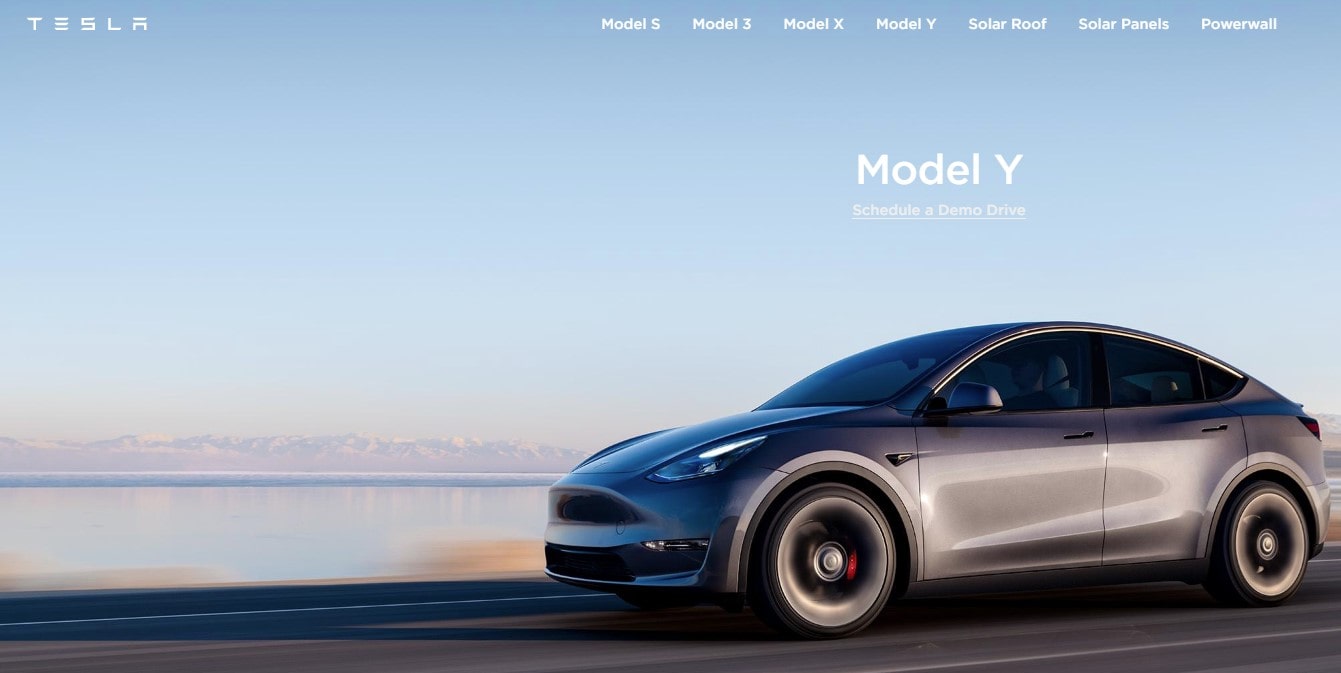
In the digital era, a user-friendly website design isn’t just a nicety—it’s a necessity. The online face of a business holds immense power in shaping customer experience. When companies nail down this aspect, they unlock doors to enhanced engagement, loyalty, and conversions.
Consider an online bookstore aiming to outshine competitors. By crafting a site that seamlessly guides the customer from browsing to checkout, it elevates the shopping experience. Similarly, a fitness blog can boost its readership if the design intuitively categorizes articles, making it a breeze for users to find their desired content.
Key elements of a user-friendly website design include:
- Responsive Layouts: Ensure your site scales perfectly across devices, offering a consistent customer experience.
- Clear Navigation: Streamline menus and pathways, helping users find what they’re after without a hitch.
- Swift Load Times: Optimize images and scripts, ensuring that customers aren’t left waiting.
- Accessible Design: Cater to all users, including those with disabilities, making sure everyone can navigate and engage with ease.
Incorporating these facets into your website not only enhances customer experience but also solidifies your brand’s digital footprint. A sleek, efficient site speaks volumes, signaling to users that the brand values their time and aims to offer the best experience possible. Businesses that prioritize user-friendly design will undoubtedly witness a surge in traffic, engagement, and conversions, establishing a robust digital stronghold.
Provide Multichannel Support

In an era dominated by digital advancements, multichannel support emerges as a cornerstone for top-notch customer experience. Companies tuned into diverse communication platforms often witness stronger brand loyalty, as they cater to customers on their preferred turf.
Imagine a shoe retailer navigating the e-commerce landscape. While some customers might lean into social media for inquiries, others could prefer direct emails or even traditional phone support. Catering to these diverse preferences amplifies the overall customer experience. Similarly, a tech startup offering software solutions might find that integrating chatbots, live chats, knowledge bases, and community forums elevates their user support, making assistance accessible and seamless.
Critical components of multichannel support include:
- Consistency Across Channels: Deliver a uniform message and quality of support, irrespective of the platform.
- Swift Response Times: Whether it’s a tweet or a direct message, timely replies boost the customer experience.
- Seamless Transition: Enable customers to switch between channels without reiterating their concerns.
- Data Integration: Pool information across platforms to provide tailored solutions and insights.
By diving deep into multichannel support, businesses can tap into unparalleled engagement, foster trust, and craft a standout customer experience. Those who master the balance of offering varied yet consistent touchpoints set themselves apart, ensuring that every customer interaction resonates with quality and care.
Ensure Quick and Efficient Response Times
Time is of the essence in the digital age, and businesses that grasp this fundamental truth elevate their customer experience leaps and bounds. The clock starts ticking when a customer contacts you. The faster and more efficiently a company responds, the more they demonstrate their commitment to the customer experience.
Take, for instance, a boutique hotel. Guests might send inquiries about room amenities or dining options. If they’re met with swift and comprehensive responses, their booking experience becomes memorable. On the flip side, a software vendor could receive queries about software functionalities. Quick troubleshooting tips or video walkthroughs can improve user experience.
Key facets of efficient response times include:
- Automated Acknowledgements: Deploying automated replies ensures the customer knows their query is in the queue.
- Prioritization Systems: Flag urgent concerns to deal with them posthaste, improving the customer experience.
- Knowledgeable Staff: Empower your team with adequate training so they can tackle inquiries without unnecessary delays.
- Feedback Mechanisms: Post-interaction surveys can shed light on areas ripe for improvement.
By committing to rapid and adept responses, businesses not only resolve concerns but also weave trust into the fabric of their brand. Every tick of the clock matters, and companies that place a premium on their customers’ time invariably craft a richer, more rewarding experience for all parties involved.
Invest in Employee Training to Improve Customer Experience
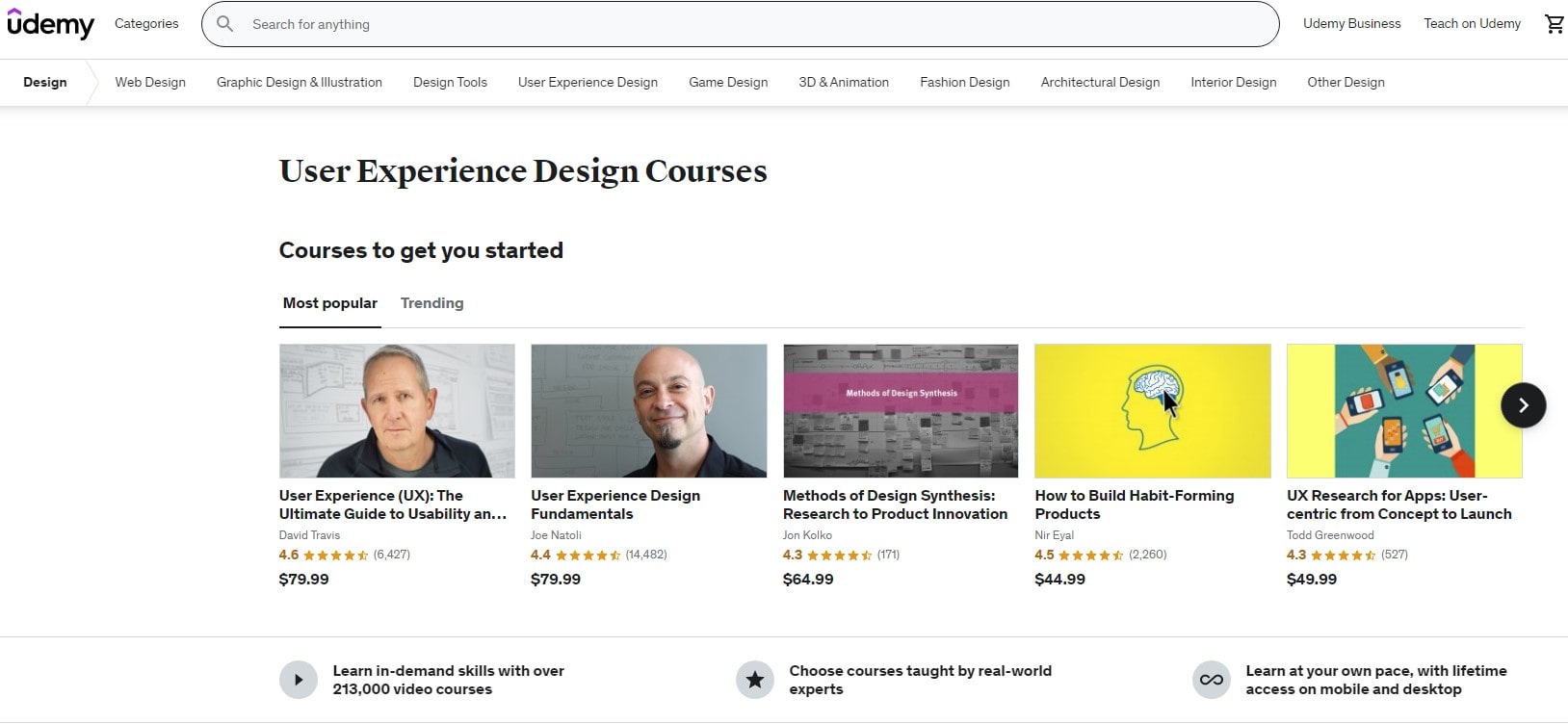
Navigating the customer experience landscape requires more than just good intentions; it demands a well-equipped team. Groundbreaking shifts in businesses happen when they pour resources into training their front-line ambassadors – the employees. Through targeted training programs, companies mold their workforce into catalysts that drive exceptional customer experiences.
Consider a high-end coffee shop aiming to leave its mark. While having the finest beans matters, what truly elevates the customer experience is a barista who not only crafts the perfect latte but also engages with patrons, suggesting tailored choices based on their preferences. Similarly, in the realm of online retail, a support agent who can swiftly guide a customer through a return process without a hitch stands out, making the shopping experience smooth and memorable.
Effective employee training revolves around:
- Role-Specific Modules: Customize training based on the employee’s function to enhance efficiency.
- Soft Skill Development: Foster communication and empathy skills for superior customer interactions.
- Feedback Loop Creation: Encourage employees to share their on-ground insights to refine training further.
- Ongoing Workshops: Regularly update the team with industry best practices and emerging trends.
By doubling down on employee training, businesses unlock the door to unparalleled customer satisfaction. Every interaction becomes an opportunity to showcase dedication and expertise, crafting an unparalleled customer experience. In this competitive market, where every touchpoint counts, businesses that prioritize their employees’ growth consistently rise to the top.
Personalize Customer Interactions
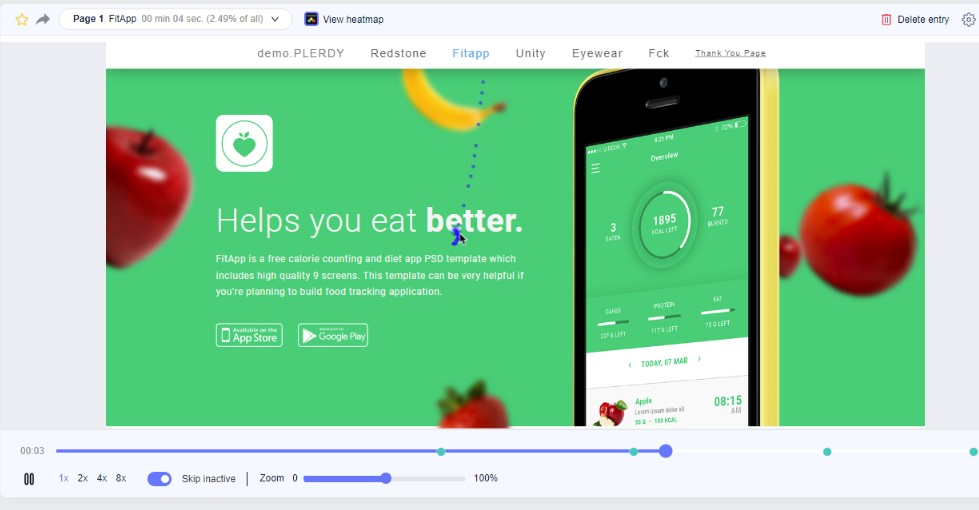
In today’s fast-paced digital age, generic interactions don’t cut it. Modern consumers crave connection, and businesses are stepping up to craft tailored experiences. By personalizing customer interactions, companies transform touchpoints into memorable moments, enhancing the overall customer experience.
Take a boutique hotel as a vivid example. Instead of a standard room set-up, imagine guests arriving to their favorite ambient music, room temperature adjusted to their preference, and a curated list of nearby restaurants matching their palate. Such attention to detail instantly elevates the guest experience, turning casual visitors into loyal patrons.
Key strategies to ace personalized customer interactions include:
- Data Harnessing: Delve into customer data to unearth preferences, purchase history, and behavior patterns.
- Tailored Recommendations: Offer suggestions based on individual customer history rather than one-size-fits-all promotions.
- Engagement Analytics: Track how customers interact with your platforms to fine-tune touchpoints.
- Segmentation Tactics: Divide your customer base into niche groups and cater to their unique needs.
By implementing these strategies, businesses can ensure every interaction feels exclusive and tailor-made. Brands that meet individual demands improve the immediate experience and foster loyalty and word-of-mouth. Gone are the days of generic sales pitches. Welcome to the era of personalized customer journeys where each interaction is a chance to outshine and resonate, ultimately building a superior customer experience narrative.
Streamline the Purchase Process to Improve Customer Experience

In today’s brisk digital marketplace, a seamless purchase journey is paramount for creating an outstanding customer experience. No one relishes getting caught up in a web of convoluted steps when trying to make a purchase. Let’s take the online fashion industry as an illustrative example. If a shopper spots a must-have pair of shoes but faces multiple obstacles before checkout – such as forced account creation or unclear shipping details – their excitement can quickly wane, jeopardizing the sale and tarnishing the customer experience.
Key moves to smoothen the purchase flow:
- Lean Design: Minimize clutter, spotlight key actions, and ensure intuitive navigation.
- Guest Checkout: Offer the option to buy without the rigmarole of account creation.
- Transparent Info: Clearly state shipping costs, return policies, and estimated delivery times.
- Multiple Payment Avenues: Cater to varied preferences by offering a broad spectrum of payment methods.
By adopting these strategies, businesses can whittle down friction and keep their customer’s enthusiasm blazing from product selection through to purchase completion. An effortless transaction not only amplifies the immediate experience but also seeds trust and encourages repeat business. As commerce landscapes evolve, brands dedicated to refining the purchase process will undoubtedly stand out, setting a gold standard for customer experience in their respective industries.
Offer Loyalty Programs and Incentives
In the bustling landscape of business, companies that cultivate loyalty stand out, not just by what they sell, but by how they enrich the customer experience. Dive into the coffee industry, for instance. Brands that serve up piping hot loyalty incentives – from free refills to stamped cards promising a complimentary latte after a set number of purchases – don’t just perk up sales; they brew a richer customer experience.
Elevate your customer journey with:
- Tiered Rewards: As customers spend more, they climb up the loyalty ladder, unlocking exclusive perks.
- Birthday Bonuses: Celebrate your customer’s special day with a treat or discount.
- Referral Credits: Reward customers who bring in friends, amplifying your base and their benefits.
- Exclusive Events: Grant loyal patrons access to unique events or early-bird specials.
Adopting such strategies doesn’t merely drive repeat business; it crafts memorable moments. These gestures, whether grand or minute, signal to customers that their patronage is valued. Brands that genuinely invest in these experiences foster a community, transforming everyday transactions into enduring relationships. Thus, in the vast sea of commerce, businesses that prioritize a superior customer experience through loyalty programs and incentives rise above the rest, creating waves of unparalleled engagement and appreciation.
Address Issues and Complaints Proactively
When a storm brews in the hospitality industry, top-tier hotels don’t wait for the rain to start; they hand out umbrellas. Similarly, in enhancing the customer experience, proactive measures pave the way. Addressing concerns before they escalate shows customers you’re not just in it for the sale – you genuinely care about their experience.
Steer your brand to excellence with these steps:
- Anticipate Common Concerns: If guests frequently mention slow check-ins, invest in staff training or digital kiosks.
- Engage on Social Media: Spot grievances early by keeping an ear to the ground on platforms like Twitter and Instagram. Swiftly respond to comments and direct messages.
- Implement Feedback Surveys: By catching the pulse of your customer base, you can zero in on pain points and iron them out.
- Empower Frontline Staff: Equip your team with the tools and autonomy to rectify issues on the fly, eliminating unnecessary wait times.
When a brand jumps into action, not only does it resolve the issue at hand, but it also elevates the overall customer experience. The airline industry, for instance, can face myriad challenges daily. Yet, those that shine don’t merely react; they anticipate. From sending out delay notifications to offering meal vouchers, these gestures soften potential blows. The essence of mastering the customer experience lies not in eradicating problems but in how you roll with the punches, turning potential pitfalls into opportunities for lasting loyalty.
Stay Updated with Industry Trends and Innovations
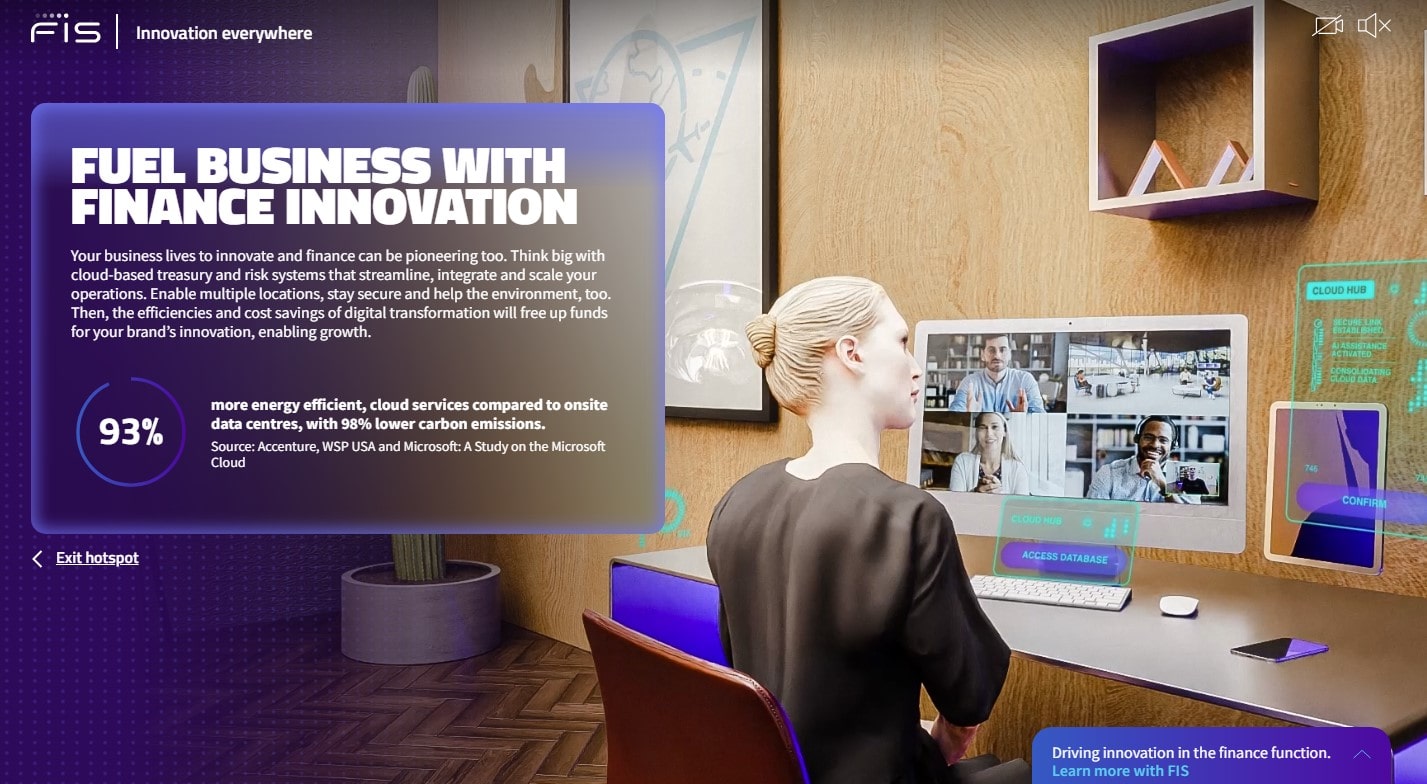
In the fast-paced digital age, tides turn quickly. Brands that tap into the pulse of industry shifts – especially in terms of customer experience – set themselves apart. By keeping a finger on the industry’s heartbeat, you position your brand at the forefront, ensuring your customer experience is nothing short of exceptional.
Consider the coffee shop industry. When plant-based milks surged in popularity, cafes that jumped on the bandwagon quickly found themselves favored. Those that hesitated? They played catch-up.
Key strategies to stay updated:
- Engage in Continuous Learning: Webinars, workshops, and online courses can be gold mines for fresh insights.
- Network Actively: Forge connections with industry peers. Sometimes, the best insights come from casual chats.
- Subscribe to Industry Publications: Whether digital or print, these provide invaluable overviews of market shifts.
- Attend Trade Shows and Conferences: These gatherings spotlight emerging innovations that can redefine customer experience.
Evolving with industry trends doesn’t mean hopping on every fad that comes along. It’s about discerning which innovations genuinely enhance the customer experience and which are mere fleeting distractions. The fashion retail sector, for instance, saw a monumental shift with virtual fitting rooms. Retailers that integrated this technology offered a seamless customer experience, melding the physical and digital realms.
In essence, the commitment to understanding and adapting to industry trends isn’t just about staying relevant; it’s a pledge to your customers that you’re devoted to elevating their experience at every turn.
Regularly Review and Revise Strategies to Improve Customer Experience
In the dynamic landscape of business, resting on laurels isn’t an option. Especially when it revolves around customer experience, the journey needs constant reevaluation. Just as the tech sector sees updates to meet user demands, so too must brands update their blueprints to align with evolving customer expectations.
Let’s dive into the food industry, for example. With the meteoric rise of health-conscious eating, restaurants that adapted their menus to accommodate dietary preferences certainly set the bar high. On the flip side, those slow to pivot struggled to keep up with the crowd.
Strategies to keep your approach fresh:
- Embrace Feedback: Actively gather feedback and use it as a compass. If customers find a feature off-putting, brainstorm ways to improve.
- Stay Agile: Flexibility is king. Be ready to switch gears if a strategy doesn’t yield the expected results.
- Benchmarking: Regularly size up competitors. Pinpoint where they excel in customer experience and where they falter.
- Utilize Analytics: Data-driven insights can spotlight gaps in your strategy and guide revisions.
For instance, the hotel industry, faced with the challenge of home-sharing platforms, had to reimagine their guest experience. Those that incorporated unique local experiences or exclusive perks began to shine, illustrating a commitment to an enriched customer experience.
In wrapping up, the act of reviewing and revising isn’t just maintenance work; it’s the heartbeat of progression. Companies that continually refine their approach don’t just navigate the market’s ebb and flow – they ride the wave, always ensuring their customer experience is at its pinnacle.
Conclusion
In wrapping up our dive into the “12 Ways to Improve Customer Experience,” it’s clear that enhancing the customer journey is at the heart of fostering loyalty and driving growth. Over the course of our discussion, we’ve underlined how pivotal customer experience is, and showcased strategies to elevate a brand’s interaction with its clientele. It’s not just about meeting the client’s needs but about exceeding them, leaving a lasting positive impression.
From the importance of personalization to the power of feedback and the role of tech, each strategy paints a picture of a brand that’s committed to its customers. Pivotal tools, like Plerdy, offer a comprehensive analysis in the realms of SEO & UX, acting as a beacon for brands to enhance their online interfaces and strategies.
A brand’s online presence is crucial to the consumer experience in the digital age. It’s all about creating smooth interactions, being readily available through chatbots, using platforms like Sitecore to tailor experiences, and leveraging analytics from platforms like Hubspot. The goal? Create moments that make customers nod in approval and say “yes” to more interactions with your brand.
With this guide in your arsenal and tools like Plerdy at your fingertips, embark on refining your brand’s approach. Elevate, refine, and truly delight every customer that interacts with your brand. 🚀🌐💡.
